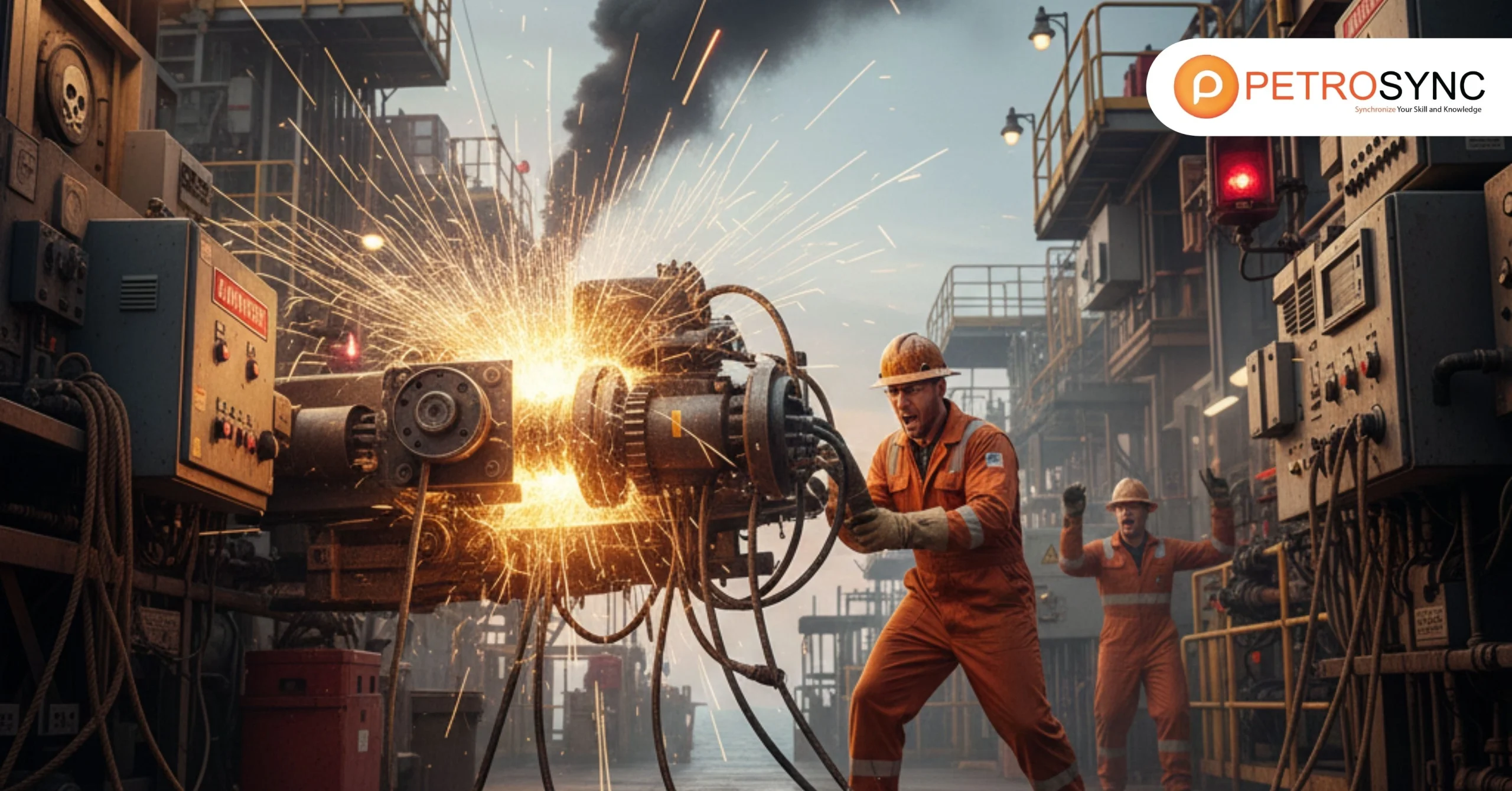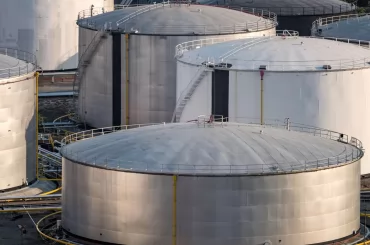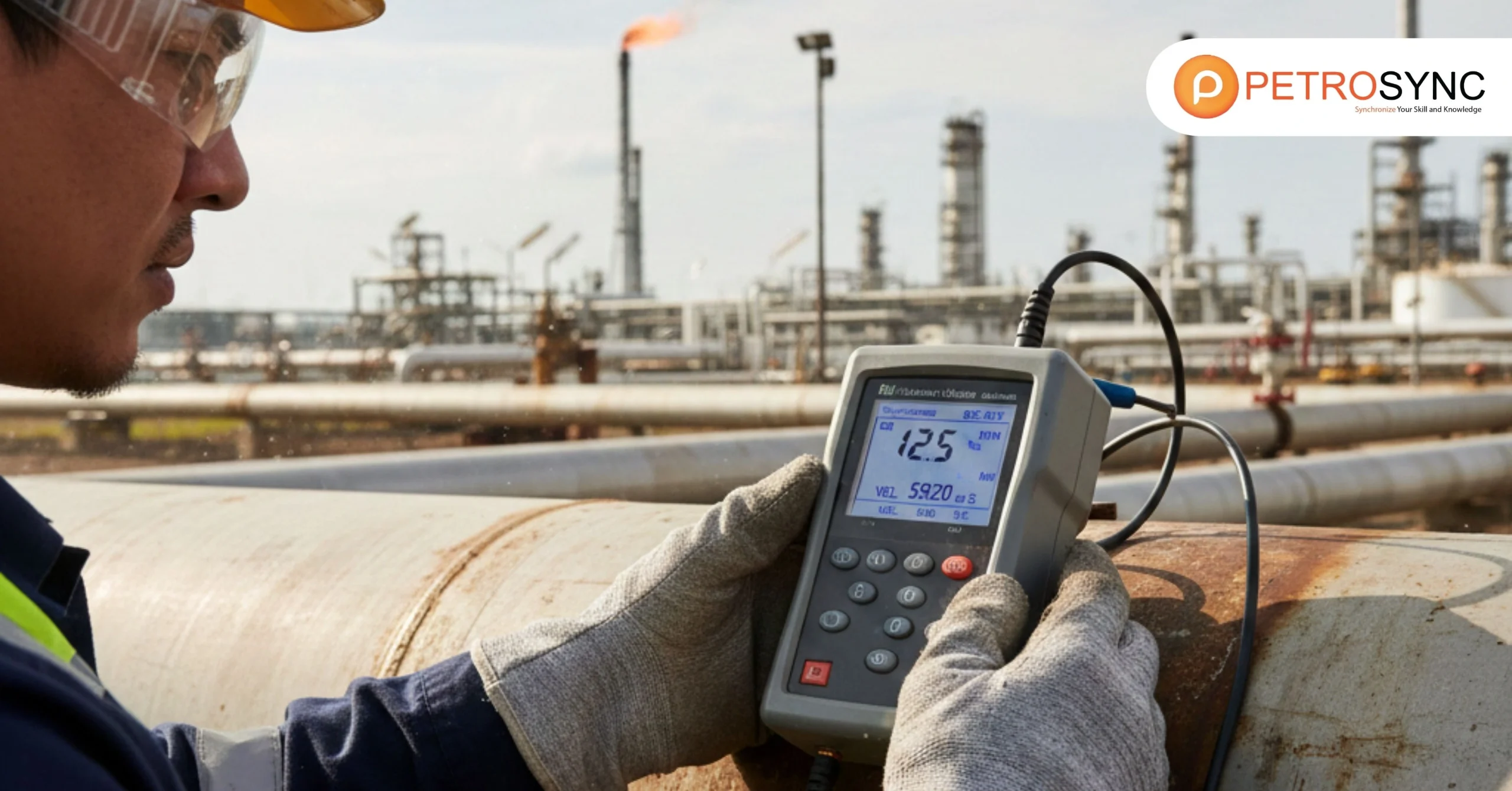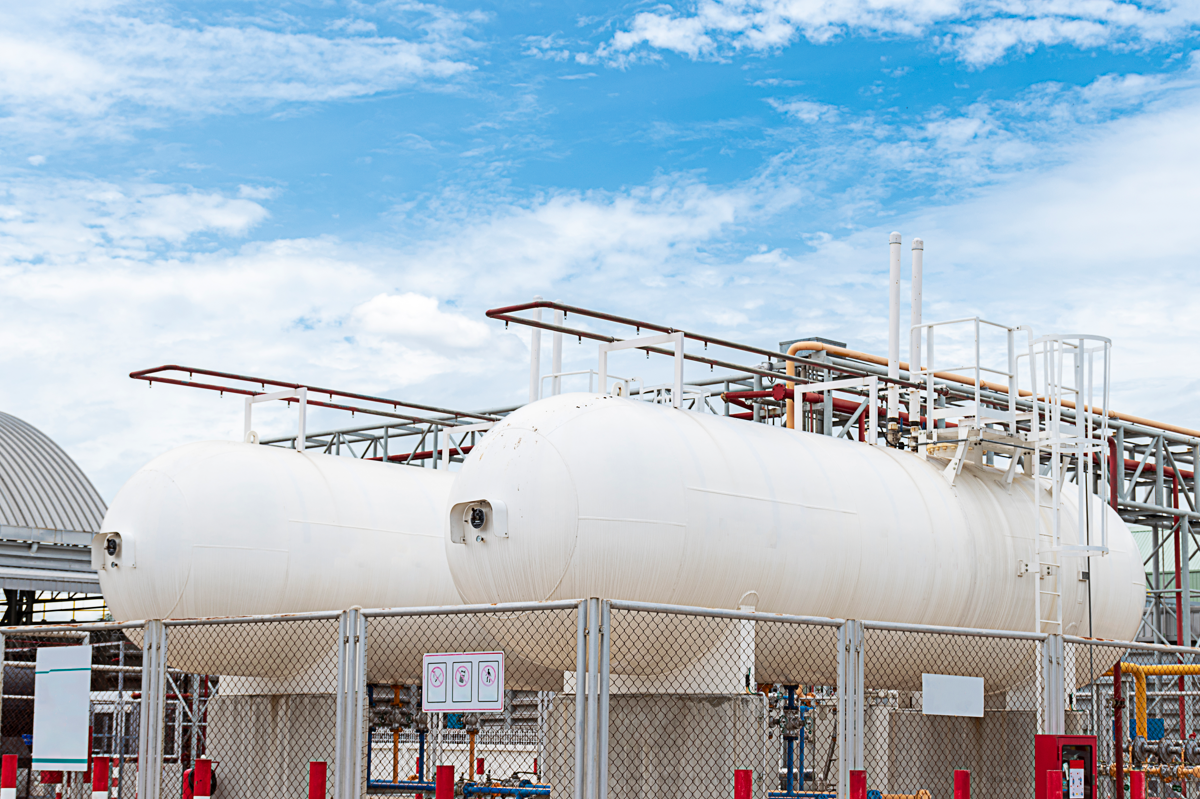In industries such as oil and gas, where precision and adherence to standards are essential, the American Petroleum Institute’s (API) certification programs are highly regarded. API 571, also known as the Corrosion and Materials certification, is highly esteemed globally. This certification confirms your expertise in evaluating the integrity of equipment in corrosive environments. This article emphasizes the critical role of exploring API 571 study materials before attempting the exam.
What Is API 571 Certification?
API 571 Certification, granted by the American Petroleum Institute (API), is a professional accreditation that serves as a validation of one’s profound knowledge of corrosion processes in the oil and gas industry.
The certification signifies expertise in materials, corrosion mechanisms, inspection techniques, and risk-based assessment methods, crucial elements for ensuring the integrity and safety of equipment. Holding API 571 Certification is not only a testament to an individual’s competence but also a recognition of their commitment to addressing materials and corrosion challenges, contributing significantly to the reliability of infrastructure in the oil and gas sector.
What Are API 571 Study Materials?
API 571 study materials are resources designed to aid you in preparing for the API 571 Certification exam, focusing on materials and corrosion in the oil and gas industry. These materials typically include textbooks, reference guides, practice exams, and relevant industry standards.
Learning about API 571 study materials is essential when preparing for the certification because they cover the specific knowledge areas tested in the exam. Understanding these materials is crucial. By familiarizing yourself with the API 571 study materials, you gain the necessary insights and knowledge to pass the exam, demonstrating your competence in handling materials and corrosion challenges in the oil and gas sector.
1. API 571 Effectivity Sheet
| API 570 | Piping Inspection Code: Inspection, Repair, Alteration, and Rerating of In-Service Piping Systems, 4th Edition, February 2016 with Addendum 1 (May 2017) and Addendum 2 (March 2018). | |
| API Recommended Practice 571: | Damage Mechanisms Affecting Fixed Equipment in the Refining Industry, 2nd Edition, April 2011. Specific sections and mechanisms from RP 571 that are included in the exam:
|
|
| API RP 574 | Inspection Practices for Piping System Components, 4th edition, November 2016. | |
| API RP 577 | Welding Inspection and Metallurgy, 2nd Edition, December 2013. | |
| API RP 578 | Guidelines for a Material Verification Program (MVP) for New and Existing Assets, 3rd Edition, February 2018. | |
| ASME BPVC 2017 Edition |
|
|
| ASME Standards |
|
|
2. API 571 Standard
It’s crucial to know API 571 well when preparing for the exam. API 571 is like the guidebook for what will be on the test—it lays out all the stuff you need to learn. This standard dives deep into how things can get damaged in the oil and gas industry, especially from corrosion.
So, if you want to tackle real-world problems in this field and keep equipment safe, knowing API 571 is essential. Plus, the exam questions often come straight from what’s in API 571, so having a solid understanding helps you breeze through the test with confidence.
3. Practice Exams
Practice Exams are like rehearsal sessions for the API 571 certification exam. They are designed to simulate the actual testing environment, providing a practical understanding of the types of questions you’ll encounter.
These simulated tests not only familiarize you with the format but also serve as a diagnostic tool. By taking these exams, you can pinpoint areas where you might need more review, helping you focus your study efforts effectively and boosting your confidence ahead of the official certification test.
4. API 571 Training
API 571 Training is a comprehensive learning experience, comparable to the main event in your study journey. This form of training immerses you deeply into the content of API 571, covering all relevant aspects. It provides structured guidance, often led by experienced instructors, ensuring a thorough material exploration.
With PetroSync, your API 571 Training goes beyond exam preparation, it aims to equip you with a profound understanding of the subject matter. This strategic approach prepares you for the challenges posed by the certification exam and ensures a robust foundation in API 571 concepts.
5. API 571 Forums and Communities
In many online forums, people have discussions of engineering exams and certifications. One of the forums is eng-tips where you can utilize the strength of working together. Joining forums designed explicitly for API 571 will give a range of perspectives and best practices from those who took the certificate earlier. Take part in conversations, request guidance, and acquire valuable insights from a shared wealth of knowledge.
You can also establish connections with peers sharing a similar path. Conversations with peers provide a range of perspectives, practical advice, and shared experiences, enhancing your preparation beyond traditional textbooks and study materials.
What Are Some FAQs Regarding API 571?
1. How do I select the best API 571 study guide?
Explore recommendations from experts and choose guides that align with your learning preferences and schedule.
2. Are online courses effective for API 571 preparation?
Certainly. PetroSync even provides interactive learning experiences, enhancing comprehension through engagement, group discussion, and mock-up exams.
3. Can practice exams accurately replicate the API 571 test environment?
Yes, practice exams mimic real scenarios, enabling you to evaluate your readiness and refine your skills.
4. How can forums and communities improve my API 571 preparation?
Participating in discussions with peers offers diverse perspectives, practical tips, and shared experiences, enriching your preparation.
5. Are video tutorials suitable for visual learners preparing for API 571?
Absolutely. Step-by-step instructional videos simplify complex topics, assisting visual learners in understanding. But again, make sure the video tutorials and studies align with API standards.
In your pursuit of success in API 571, the quality of study materials is paramount. Remember, to pass the exam, you must be proficient in API 571 principles. For a comprehensive and practical approach, consider the API 571 training offered by PetroSync.
PetroSync distinguishes itself by crafting materials that are not only tailored for exam success but also applicable to real-world scenarios. Their training goes beyond theoretical understanding, providing insights that can be directly applied in practical situations within the industry. Choosing PetroSync ensures you are not just preparing for an exam; you are equipping yourself with knowledge that holds value in the dynamic landscape of API 571 principles.
Credit header image: Pexels

SEO specialist by day, fact-checker by night. An avid reader and content writer dedicated to delivering accurate and engaging articles through research and credible sources.






